
WEBINAR: Unlock the Power of Industrial CT Scanning
See Deeper. Solve Faster. Spend Smarter.
A 1/2 Hour That Could Reshape Your Inspection Strategy
Date: Wed June 18, 2025
Time: 11am Central Time
Location: Live Online Webinar

See Deeper. Solve Faster. Spend Smarter.
A 1/2 Hour That Could Reshape Your Inspection Strategy
Date: Wed June 18, 2025
Time: 11am Central Time
Location: Live Online Webinar
CT and blue light scanning deliver fast and accurate inspection for impellers and airfoil components across aerospace, energy, and medical industries.
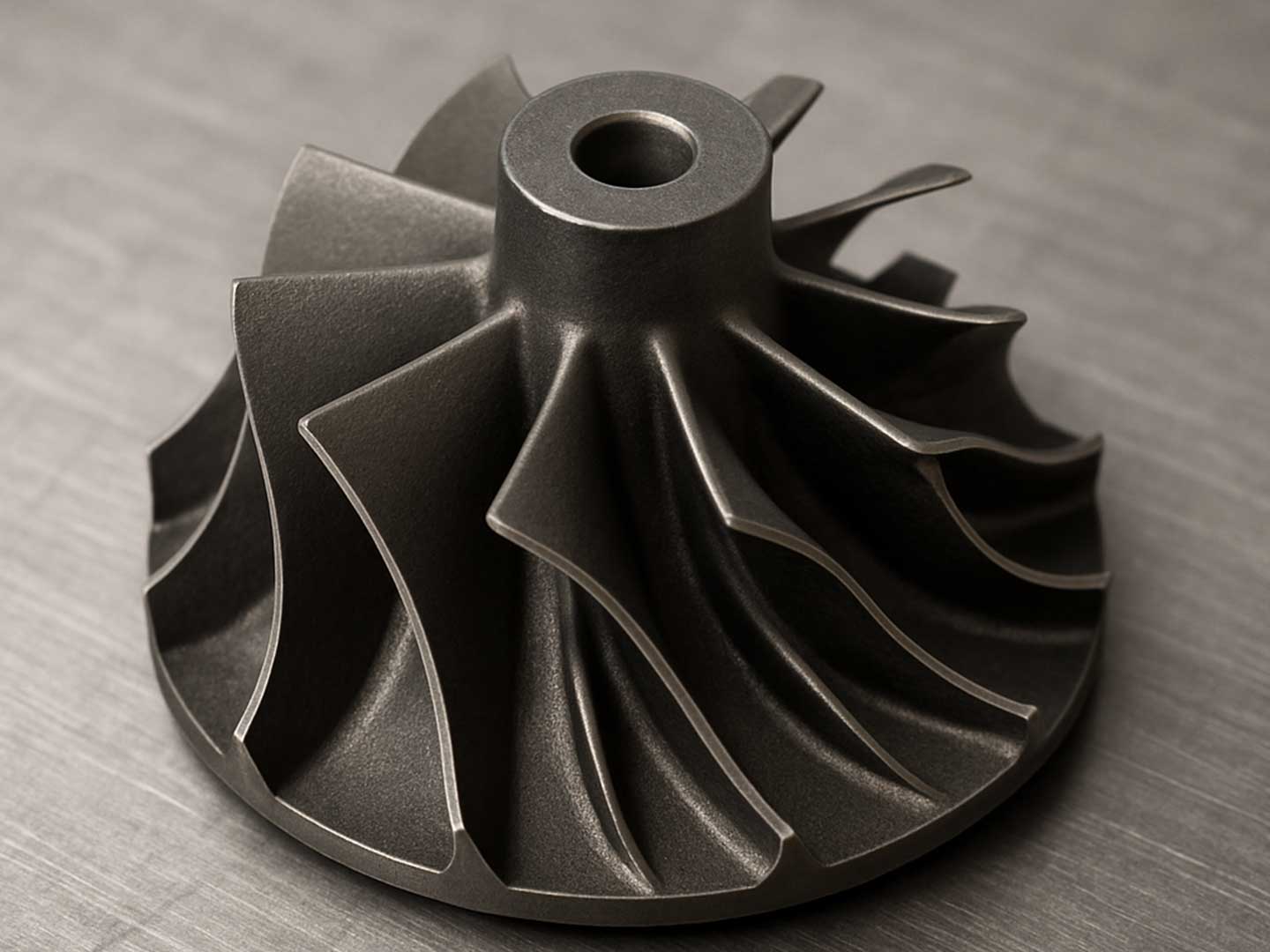
At Nel PreTech Corporation, we recognize that precision matters, from microscopic deviations in turbine blades to the aerodynamic integrity of impellers and airfoil-shaped components. Traditional tactile measurements often fall short in speed, detail, and coverage. That’s why our engineers leverage CT (computed tomography) and blue light 3D scanning for turbine blade inspection, delivering high‑resolution, non‑destructive, full-field data that empowers design validation, quality assurance, and reverse engineering.
Causes of turbine blade decreased performance or failure:
The introduction of better materials and new processing methods helps mitigate some of these problems. Now, with industrial CT scanning and structured blue-light scanning, modern impeller blades can be inspected with improved speed and accuracy. Small turbine blades, airfoil-shaped components, and impellers require precise inspection to operate effectively under volatile conditions. The blades have intricate geometries and tight tolerances. Traditional, contact-based metrology tools are inappropriate for inspection work of this nature.
Works by capturing a series of X-ray images of the airfoil blades from multiple angles. 2D projections are reconstructed using advanced algorithms to create a complete 3D volume of the part. Unlike surface-based methods, industrial CT scanning can reveal internal structures, voids, cracks, and material density variations without cutting or damaging the blades. It can also be used as a reliable metrology tool. It is ideal for comprehensive inspection of airfoil blades, where both external geometry and internal integrity are critical to performance and safety.
This structured-light technology works by projecting a fringe pattern of blue light onto the surface of the blade or other component. As the light pattern deforms over the part’s geometry, high-resolution cameras capture the distortion from multiple angles. These images are used to triangulate millions of data points. The result is a highly detailed, 3D representation of the surface. Blue light has a shorter wavelength compared to white light. It reduces ambient light interference, resulting in sharper, more accurate scans. Blue light scanning is useful for capturing fine features and tight tolerances on airfoils.
Nel PreTech employs both of these cutting-edge technologies under an ISO/IEC 17025-accredited system. We use specialized software to:
Whether it’s fan blades, blisks, compressor blades, turbine blades, airfoil-shaped components, or impellers that need inspection, these 3D technologies reveal invaluable, comprehensive part information. They offer full traceability and peace of mind for research and development, quality, and production teams.
Capture full-field geometry:
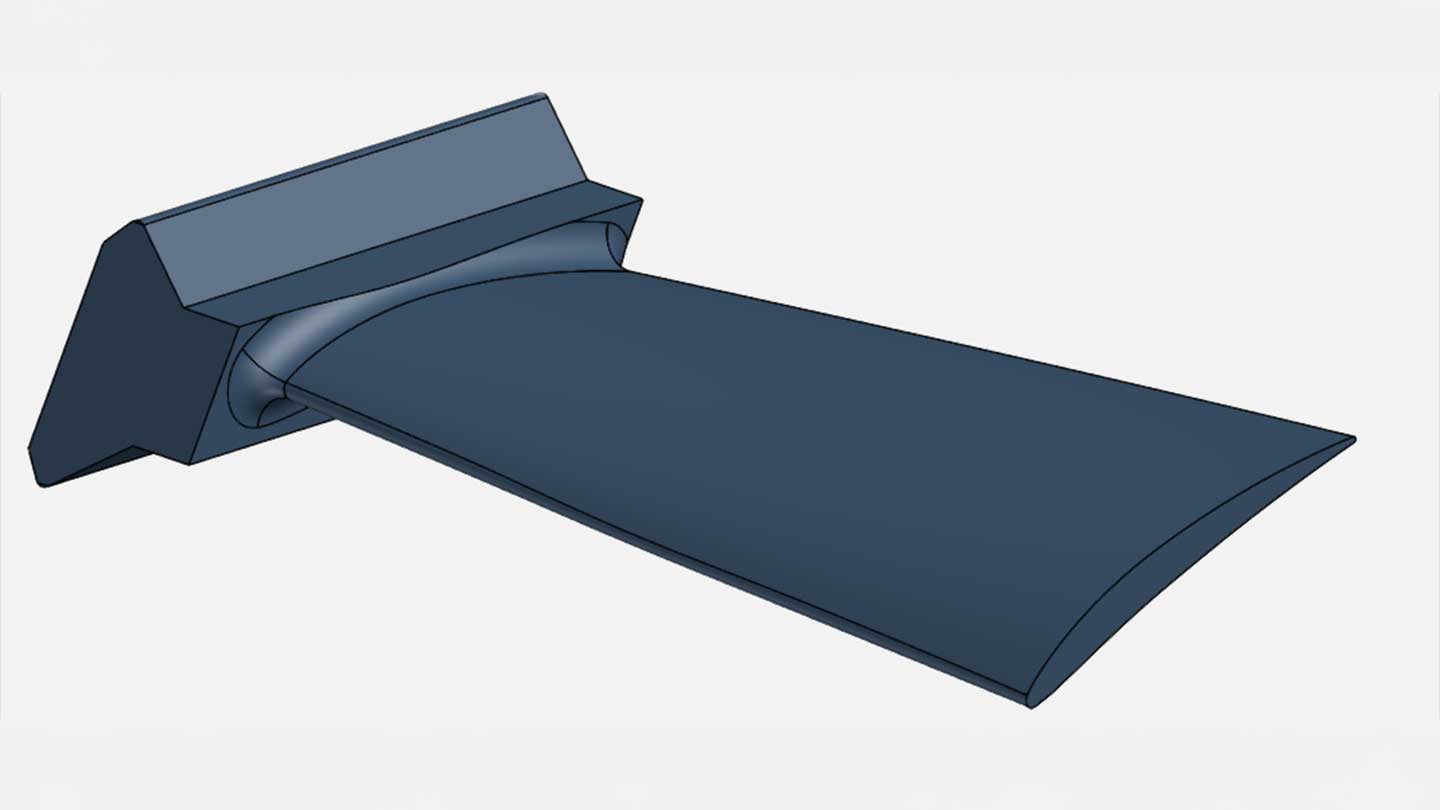
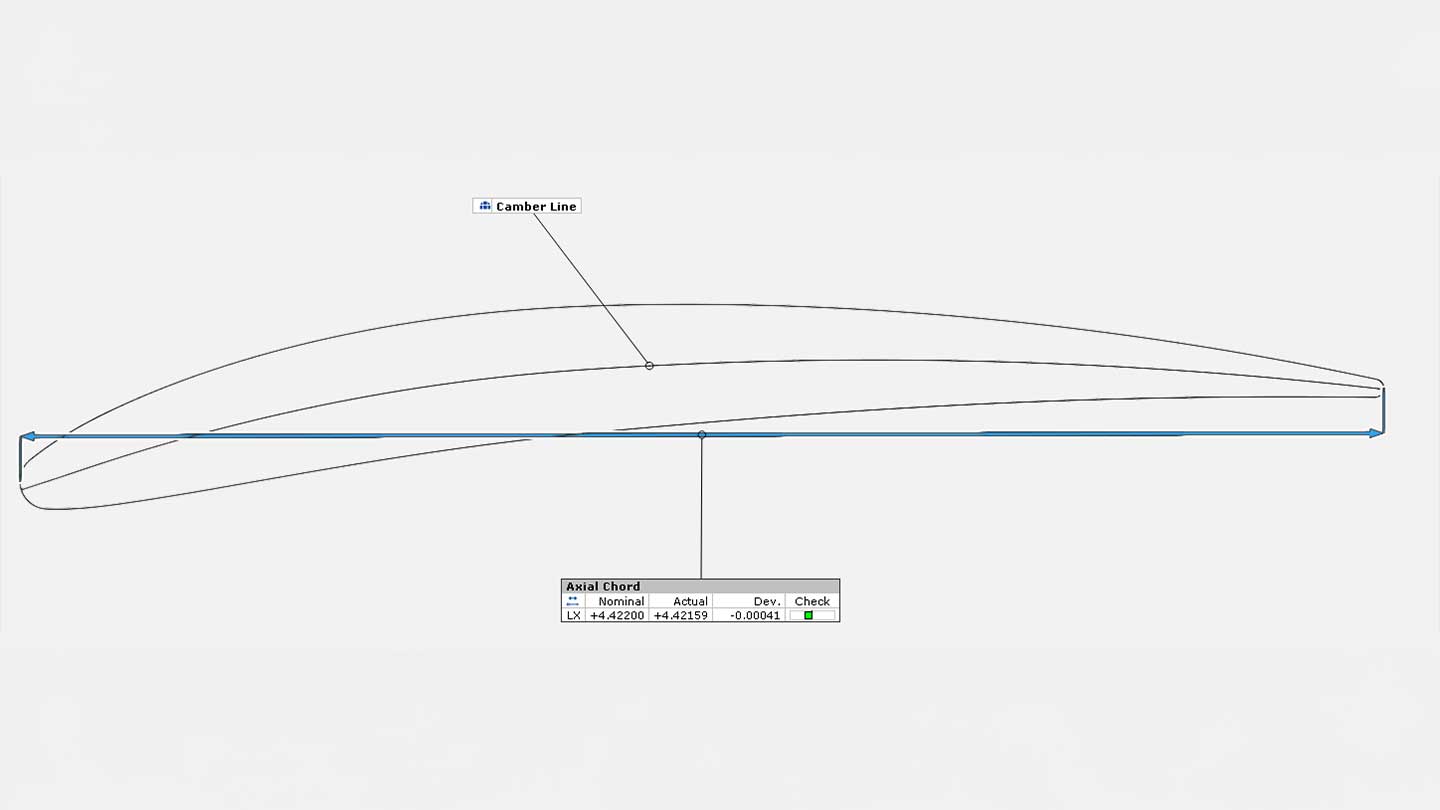

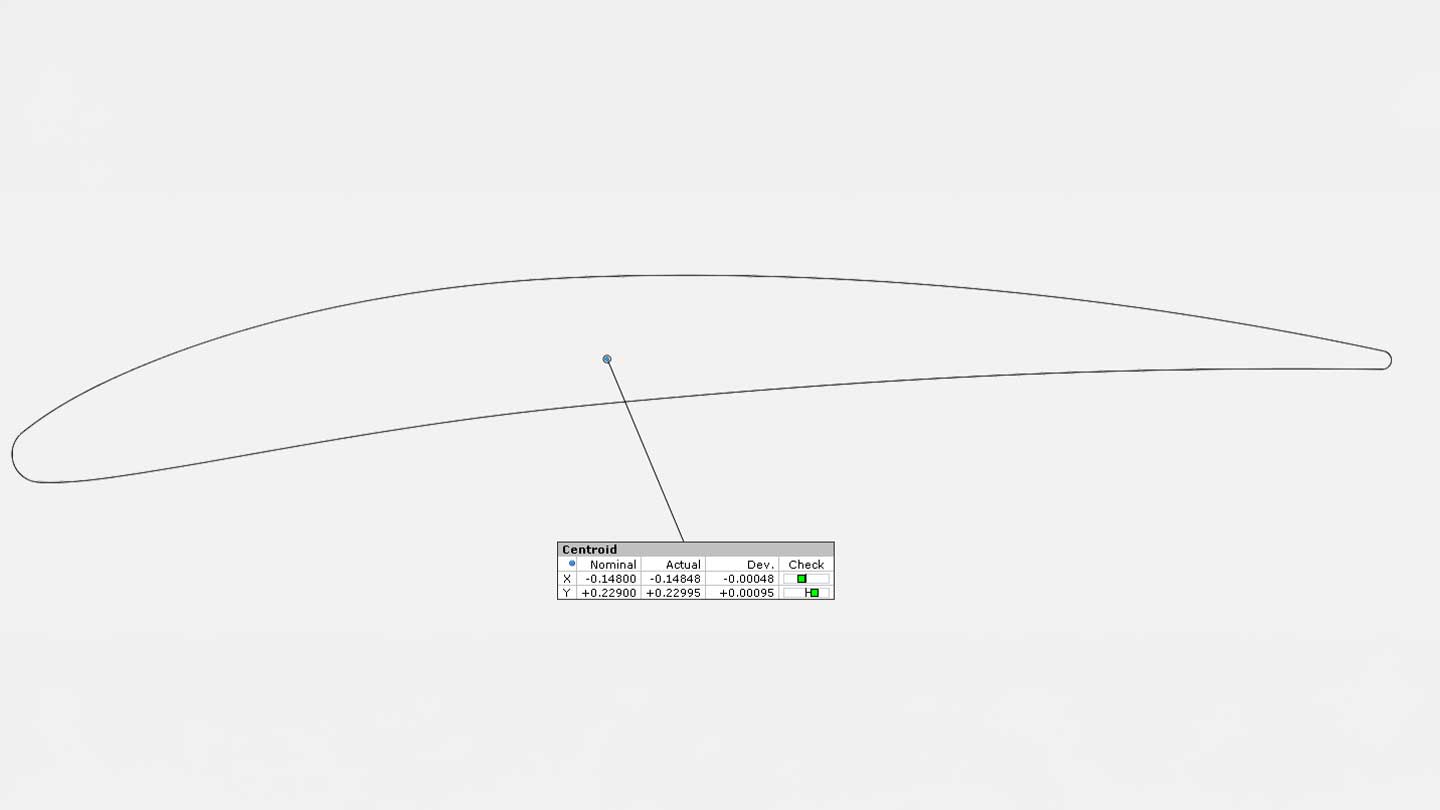

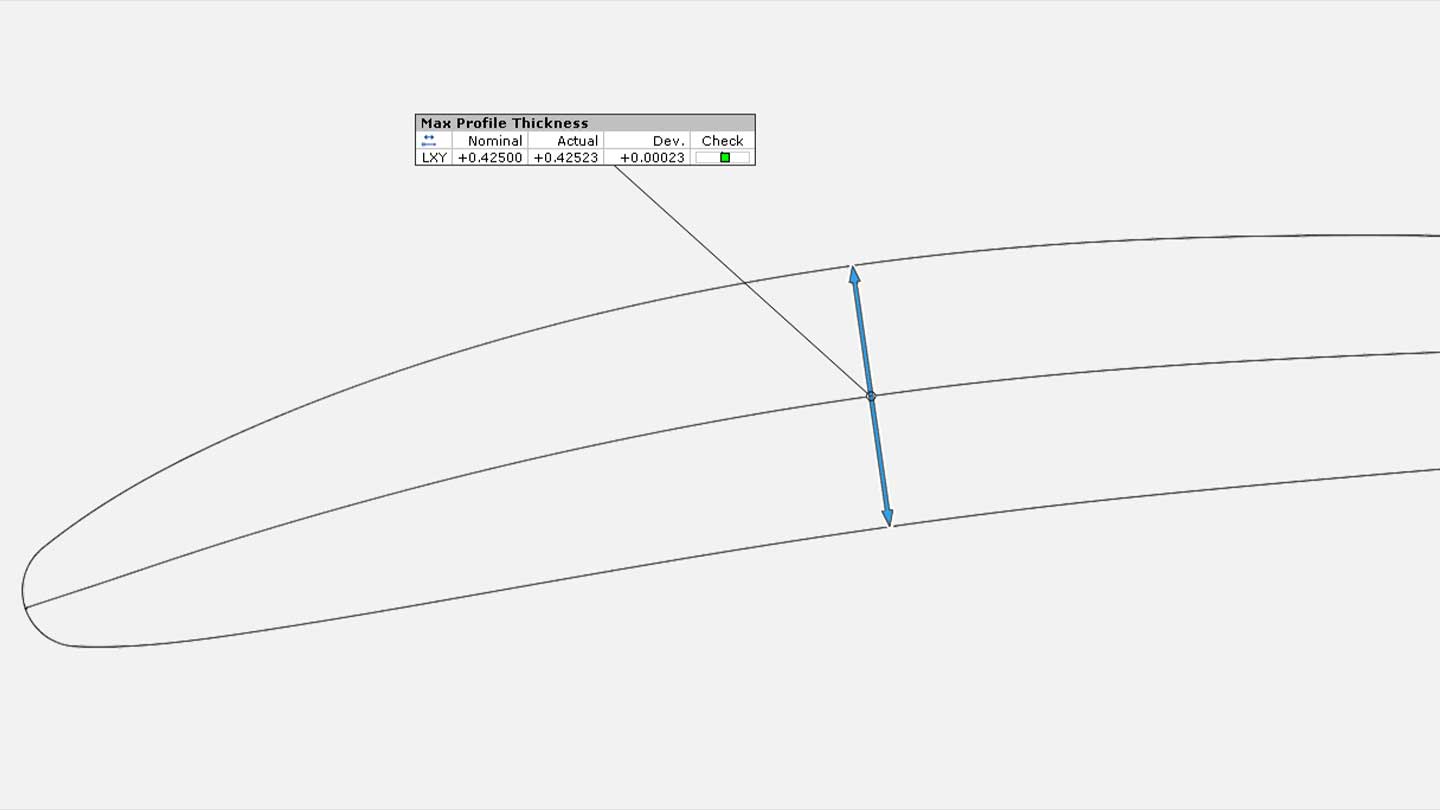
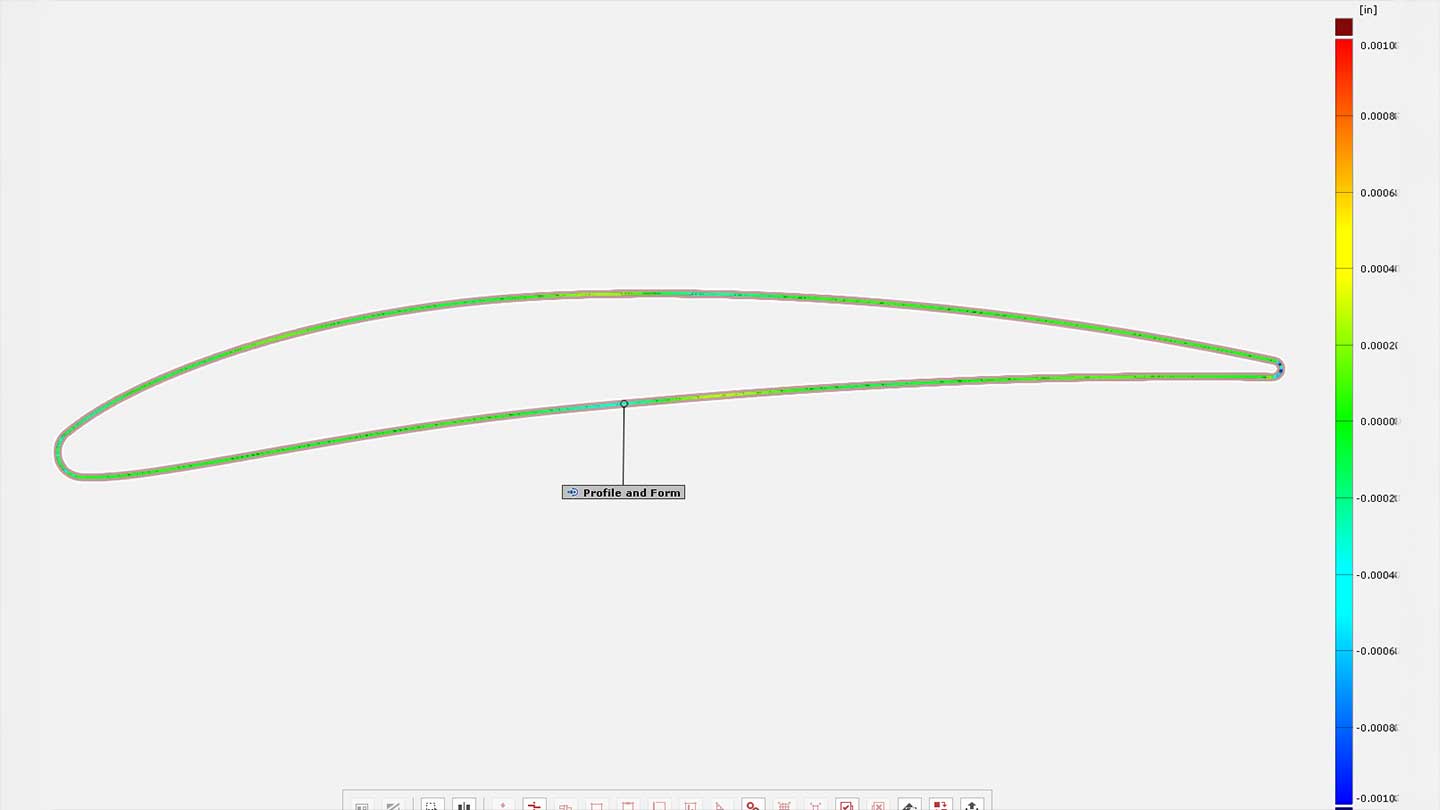
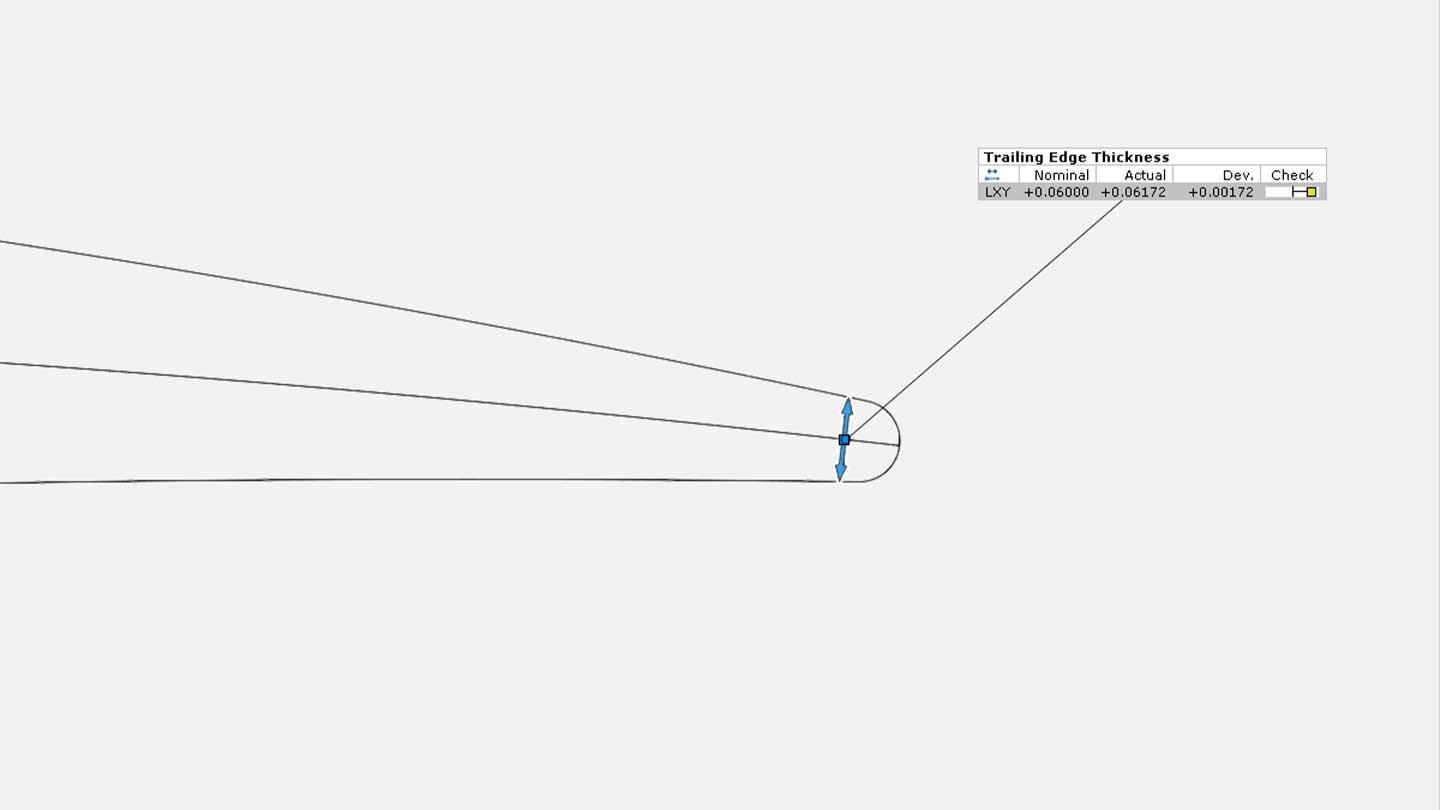
Blue light and 3D scanning are ideal for inspecting small, high-precision parts like turbine blades, compressor stators, blisks, impellers, and airfoil-shaped vanes. Advanced scanning is also used in reverse engineering legacy components without CAD.
Typical applications may include:
These components often operate in high-speed, high-heat environments where even minor dimensional deviations can impact performance. Accurate inspection is critical for manufacturers in the aerospace, defense, energy, and medical device industries.
As AI continues to dominate, integration into anomaly detection and automated workflows will be the catalyst for innovation. Predictive maintenance will also be woven into future trends by combining scan data with trend analysis to anticipate wear or corrosion.
Nel PreTech’s expertise in rapid 3D scanning, reverse engineering, and CAD compliance is a no-brainer if you want the best in inspection and metrology services. With over 30 years of experience, thousands of scans in our portfolio, and in-house testing beyond what our accreditation calls for, you can have confidence in the data we provide. Our turn-key services include full inspection reports aligned with engineering tolerances, access to our experts throughout the project, and digital data that lives on forever.
Contact Nel PreTech for dimensional inspection, QA, or design validation using blue-light 3D scanning and CT scanning.
Learn more about CT scanning with our CT Scanning for the Intelligent Engineer eBook download.

Chad is a 3D Digital Designer at Nel PreTech Corporation. He transforms raw scan data into precise, manufacturable CAD models. He’s taken on legacy parts with no drawings and complex shapes with an artist’s eye. As a sculptor, Chad possesses a rare intuition that helps him solve complex design puzzles.

You'll find all the detailed service information you need in one brochure.
Download Brochure
Get a quote within 24-hours and keep your project on schedule.
Get a Quote
Our Nel PreTech engineers are ready to get started on your product challenges.
Ask an EngineerDownload the ultimate CT Scanning Buyer's Guide to improve understanding, time, and efficiency in your scanning needs. Over 50 Pages of useful data and case studies.
Download Now